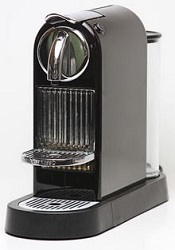My first job as a teenager was as a computer operator at a large corporation, part of an expansion of the IT department’s mainframe system. There was one other White male operator, and an Indian guy was the department supervisor. As more operators were hired, all were Indians (coincidentally, all from the supervisor’s home city in India).
Within six months, I and the other White operator had been replaced by two Indians.
Several years ago, I knew a highly-respected senior executive at a huge multinational corporation who once attended a meeting with the IT department. This having happened when globalism was all the rage, it will come as no surprise that almost all the people in the meeting were Indian men — and not one of them second-generation American, either: all were recent immigrants.
Anyway, as the meeting went on, the language increasingly turned into Hindi — this in a company which insisted on English as its global language in all correspondence and conversation — and when my friend insisted that everyone speak English, the atmosphere turned hostile. “But we understand each other better in our native language!” was the protest, whereupon my friend, not known for her tact, said, “Then you should have stayed in India, where everyone understands your home language. Unfortunately for you, we’re in America, this is an American company, and our corporate language is English.”
Half an hour after the meeting’s conclusion, she was summoned to H.R., officially reprimanded for “cultural insensitivity”, and told to watch herself in future.
So she filed a formal complaint against H.R. for not enforcing corporate policy and (deliciously) adding that one of the men had referred to her as a “stupid bitch” during the meeting — unfortunately for him, one of the few Hindi expressions she understood — and she filed a complaint against him for sexual harassment. He was “reassigned” to another division a week later, and the H.R. flunky was also officially reprimanded, by Legal this time.
It didn’t matter, though; over time, the entire IT department became staffed by Indians, all H-1B visa holders.
It is a little-known fact of corporate life — not just here in the U.S., but in Britain as well, that unless checked, Indians will always hire other Indians, and if they can, they’ll displace non-Indians in order to do so.
And this is why I understand exactly what is going on in this little situation:
An Indian-run outsourcing company used Congress’s H-1B visa-worker program to systematically discriminate against American college graduates, according to a class-action lawsuit filed in New Jersey.
The company, named Wipro, “operates under a general policy of discrimination in favor of [imported] South Asians and against [American] individuals who are not South Asian and not Indian,” says the lawsuit, which was filed in New Jersey.
…
U.S. executives strongly favor outsourcing because it makes work easier for CEOs and H.R. managers, the Americans say to Breitbart News. The Indian workforces are easy to hire and fire, they don’t complain to managers, they do not make professional arguments against executives’ decisions, and they allow kickbacks via India or ancillary U.S. businesses, the Americans say.
Lovely, isn’t it?
I hope that this open secret gets whacked, and fast — and if it does, at least one good thing will have emerged from the Chinkvirus pandemic, as the massive job losses we’ve sustained have brought practices such as these to everyone’s attention.
And don’t let anyone get sidetracked into thinking that this comes from racial animus against Indians — because it’s the exact opposite: Indians are discriminating against Whites, and as much as they might claim that this is all in the service of the great god “Cost-Cutting”, they’re lying. It’s a way to get Indians hired, and a way to get tech expertise back to India. (If you think I’m exaggerating, please prove me wrong by showing me the statistics proving that a large majority of Indian H-1Bs do not return to India, and go on to become U.S. citizens. Good luck with that.) It’s absolutely no different from the ChiComs infiltrating U.S. universities and taking expertise out of the country and back to China.
I hope that Wipro gets sued out of existence.







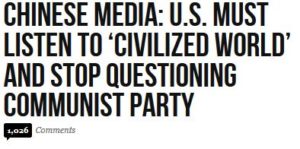








 … or, if one prefers to support one’s favorite coffee brand:
… or, if one prefers to support one’s favorite coffee brand: 
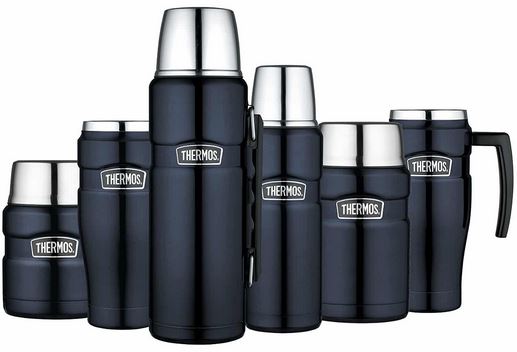
 … or one of the “gourmet” (over-priced) offerings:
… or one of the “gourmet” (over-priced) offerings: 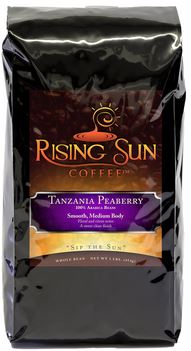
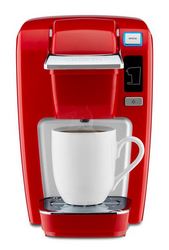 …or, if one wants to feel all Italian:
…or, if one wants to feel all Italian: 